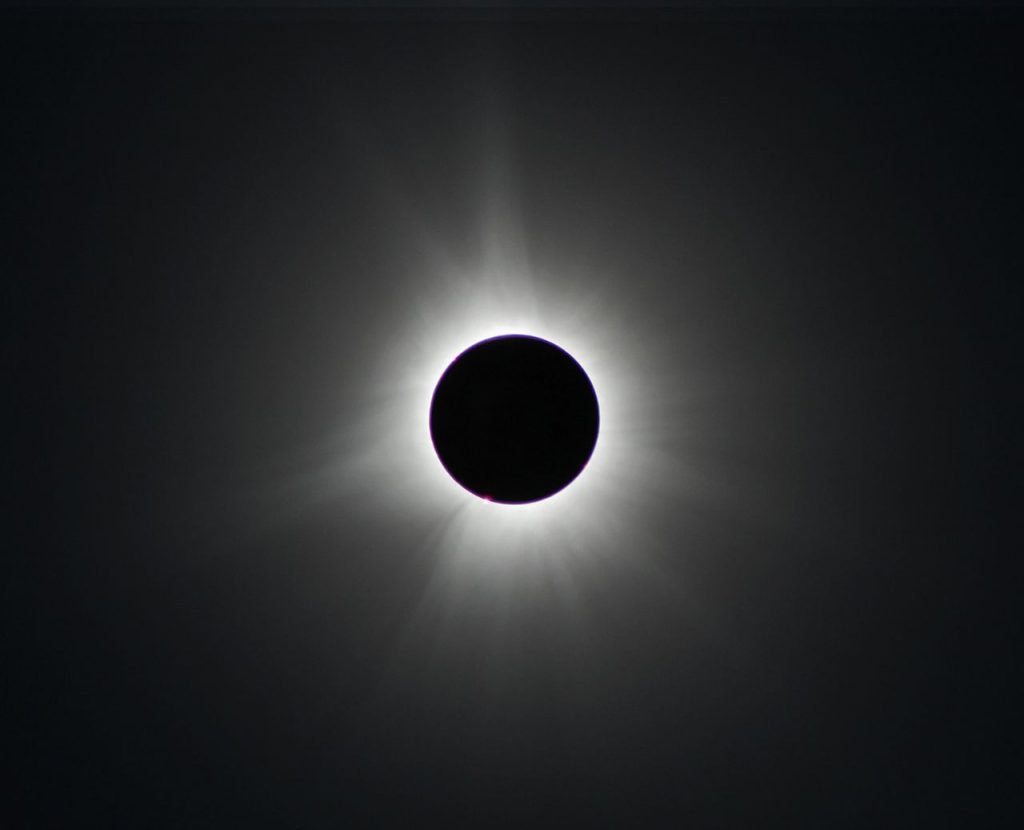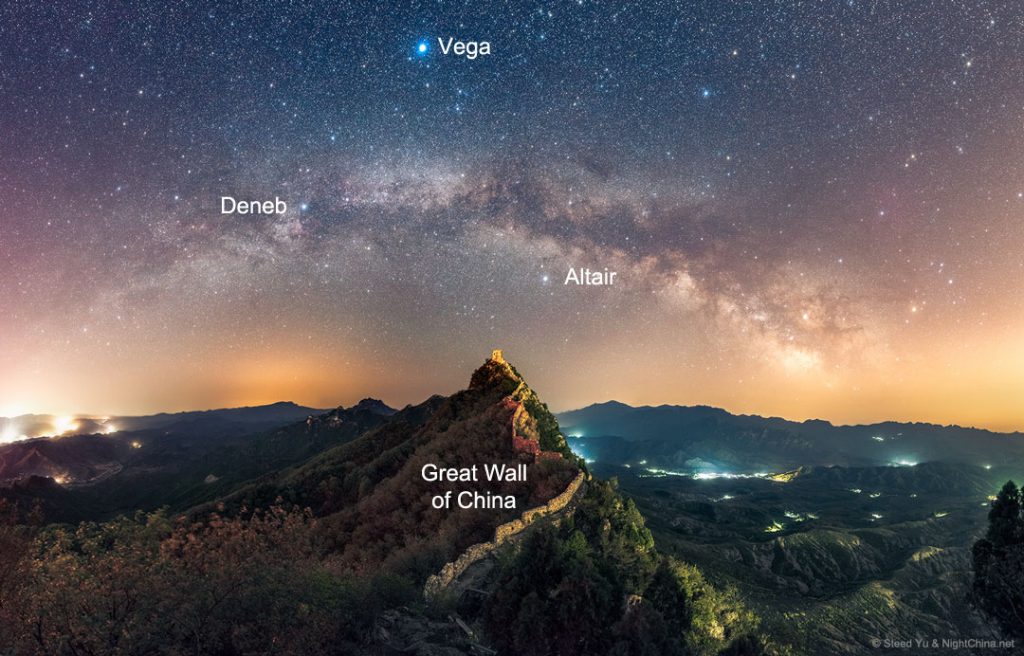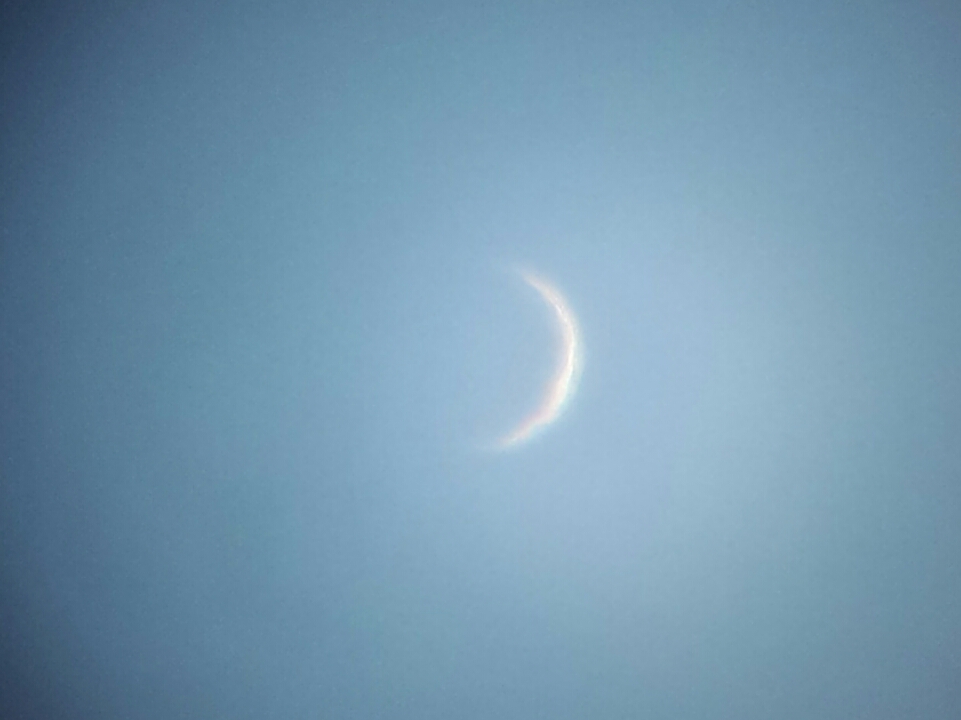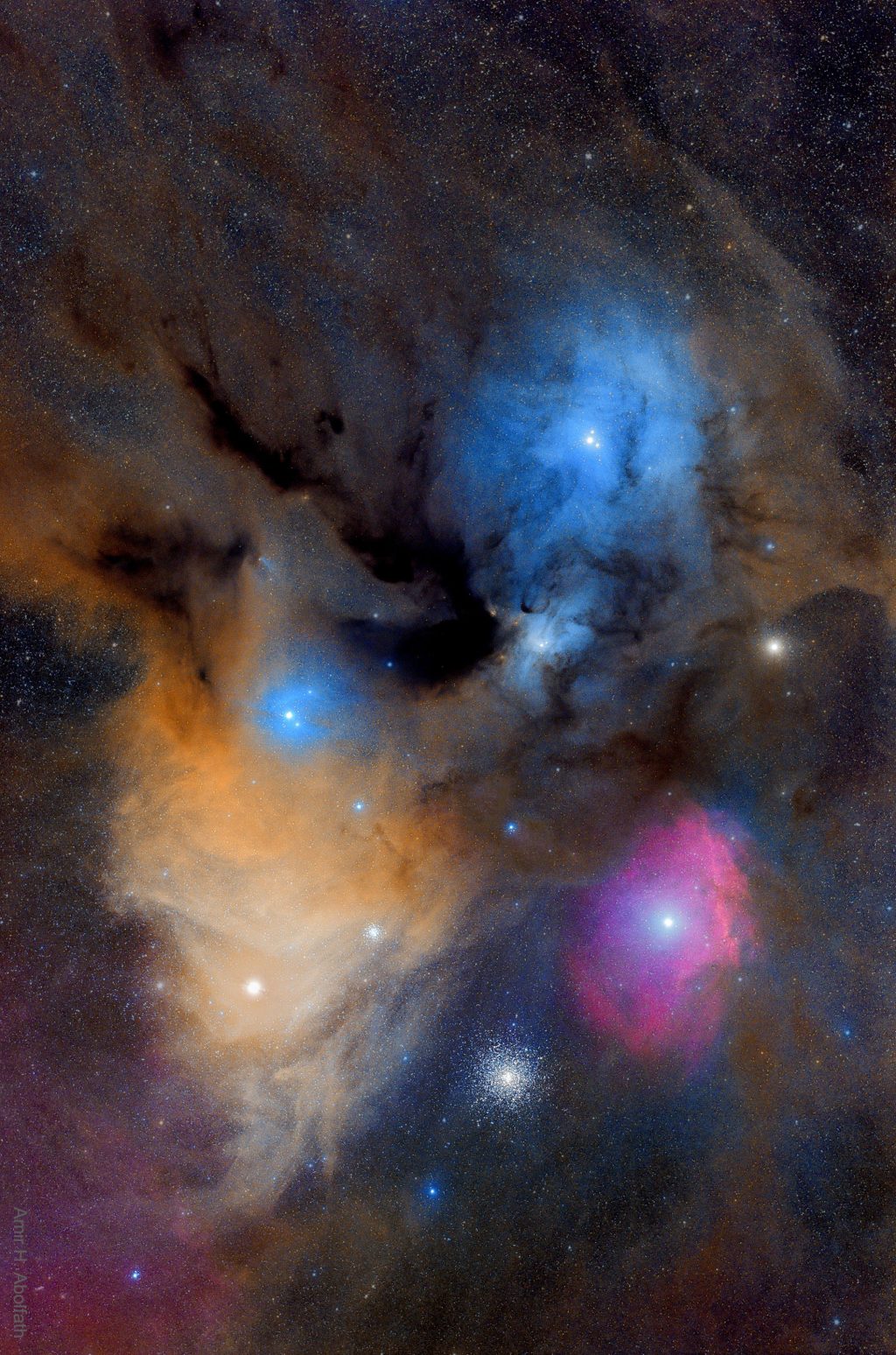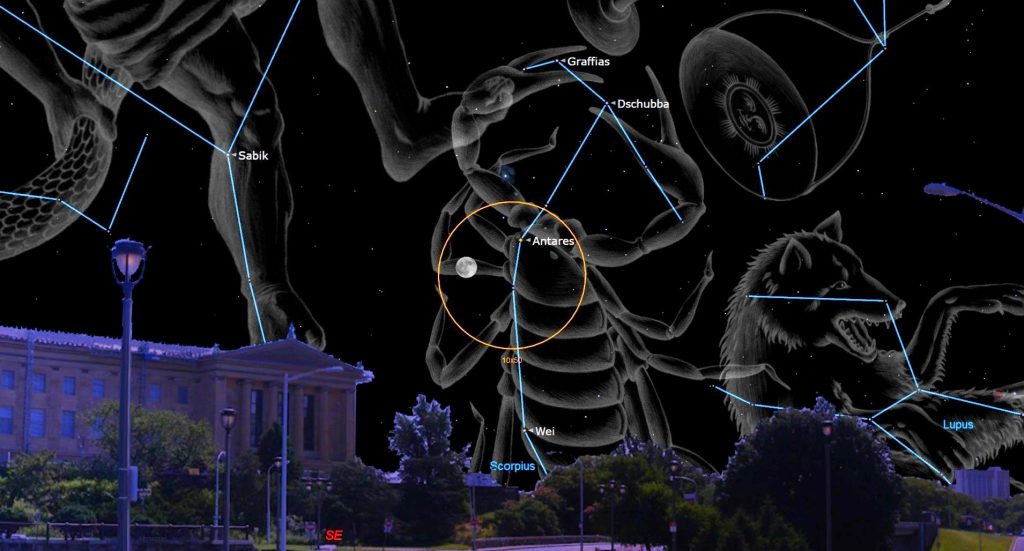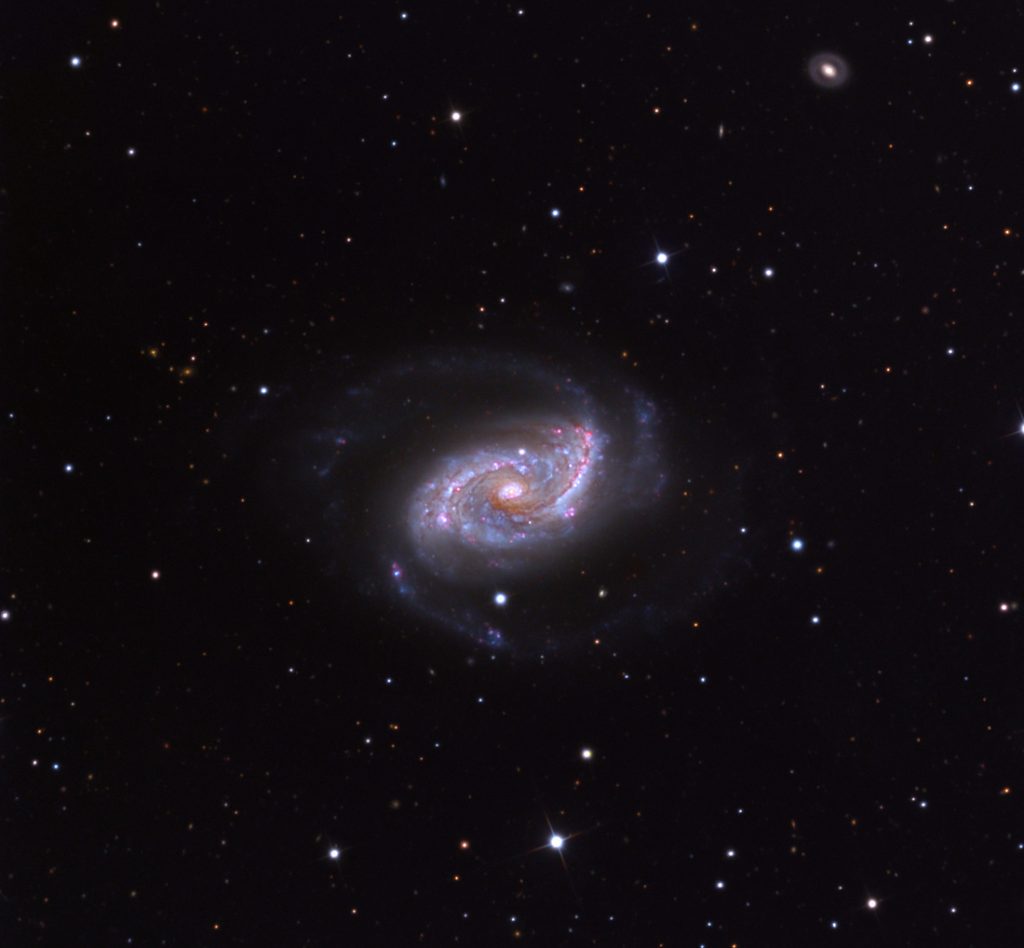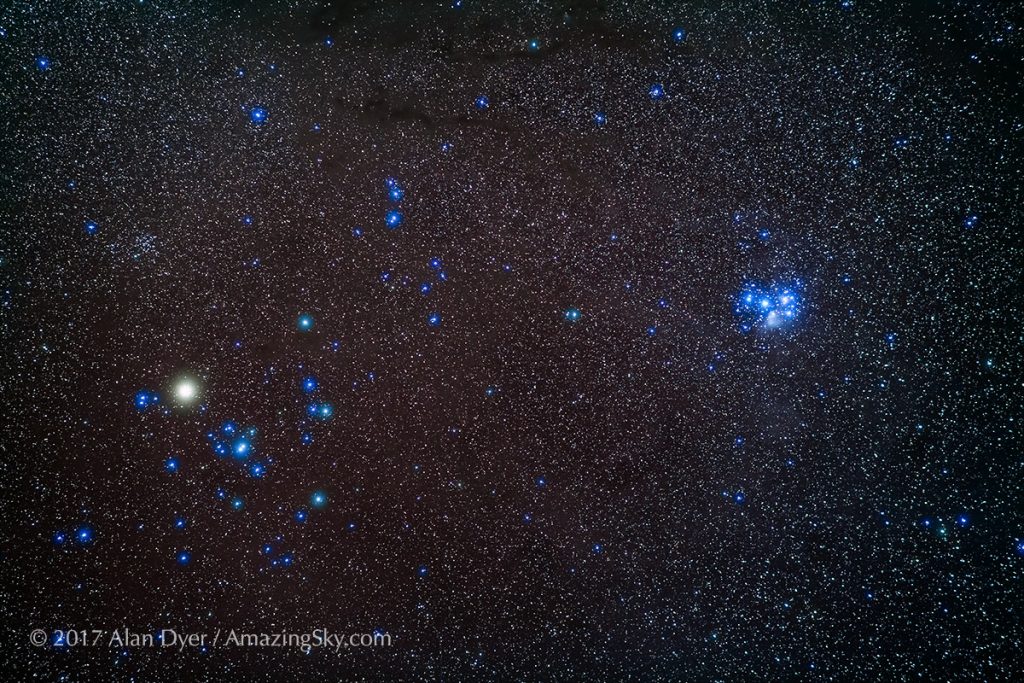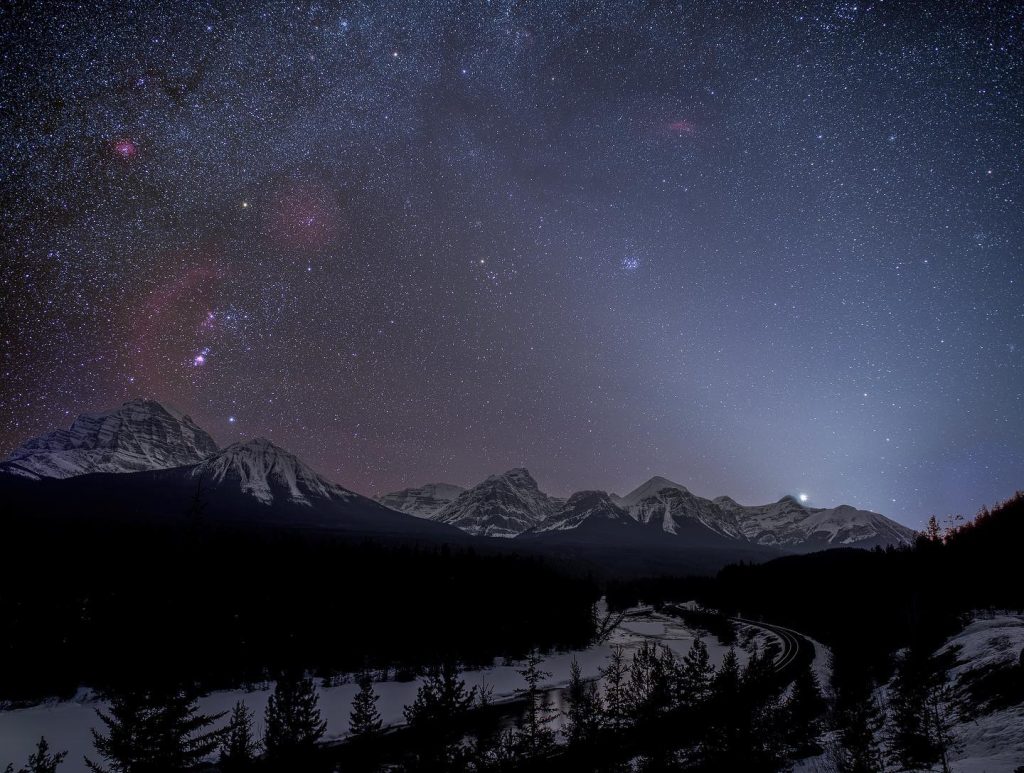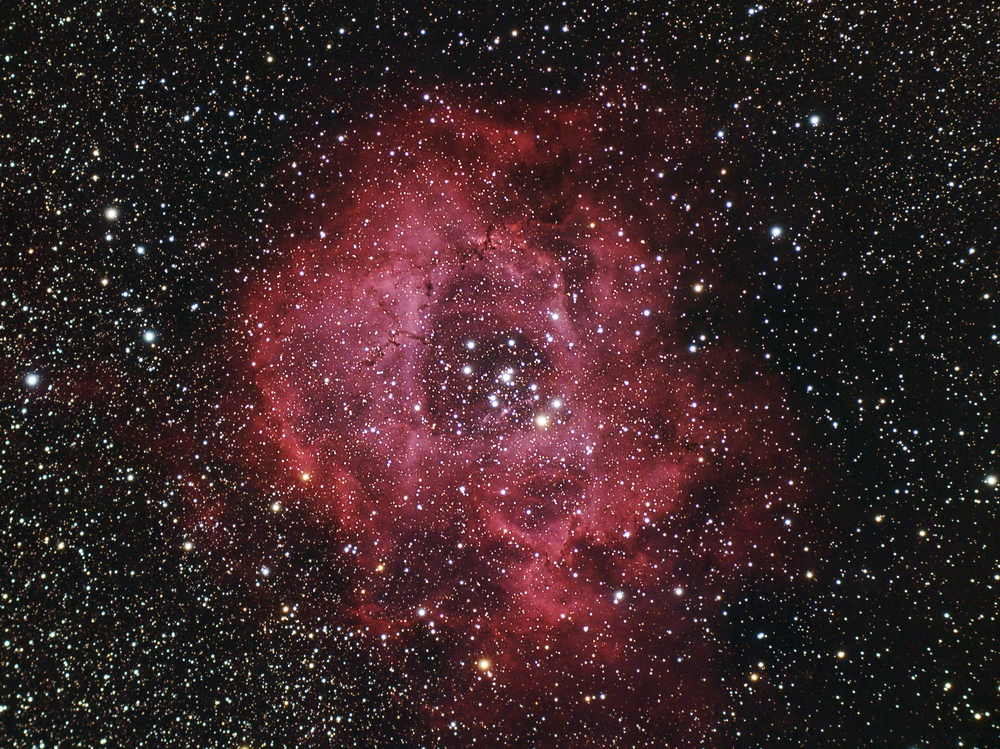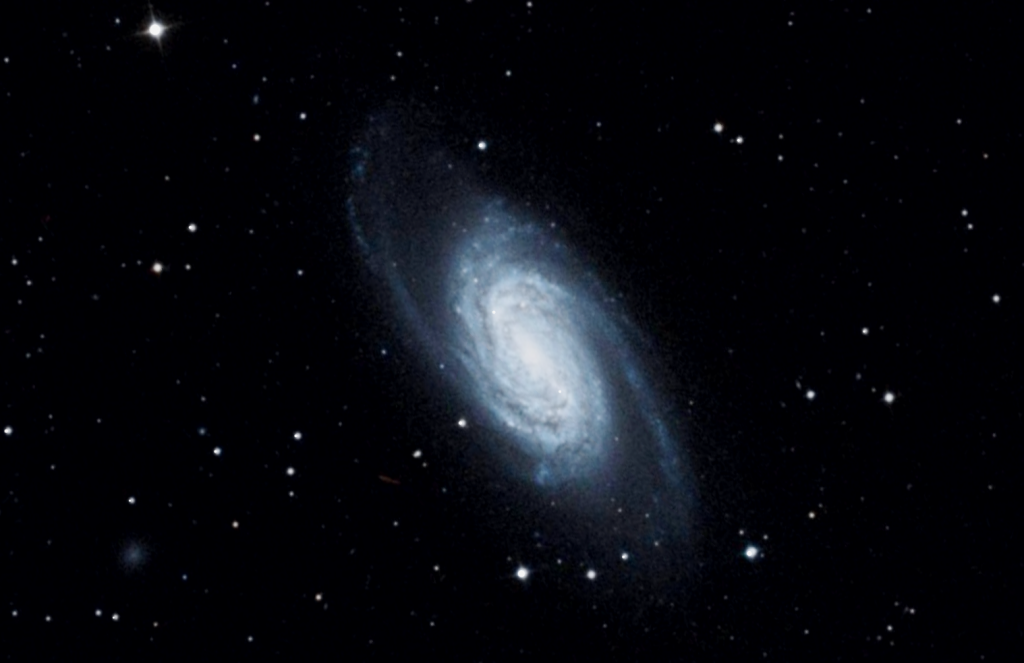Catch Peak Pons-Brooks Comet and Early Lyrids before Luna Leaps in Brightness, and Jupiter Passes Uranus Under Spring’s Arch!
My friend Denise Chilton took this terrific image of the completely eclipsed sun from southeastern Quebec on April 8, 2024. The shape of the white corona will be replicated in all the totality photos from that day. Her image also captured the large pink prominence that extended beyond the southern pole of the moon. Hello,…
Read more
